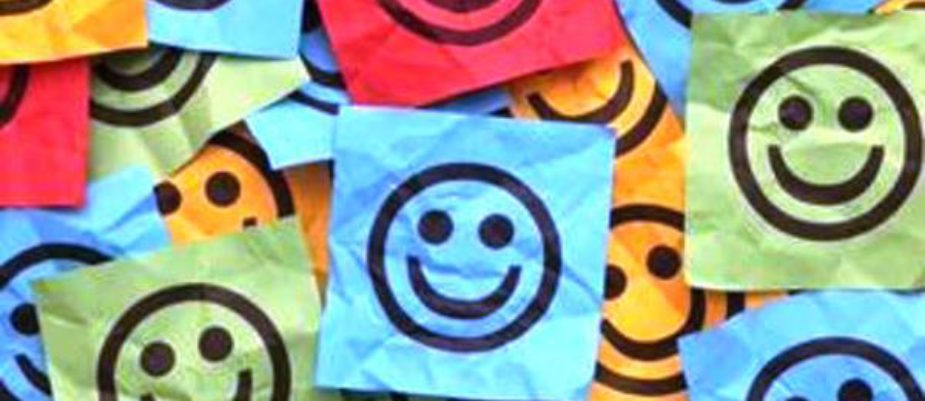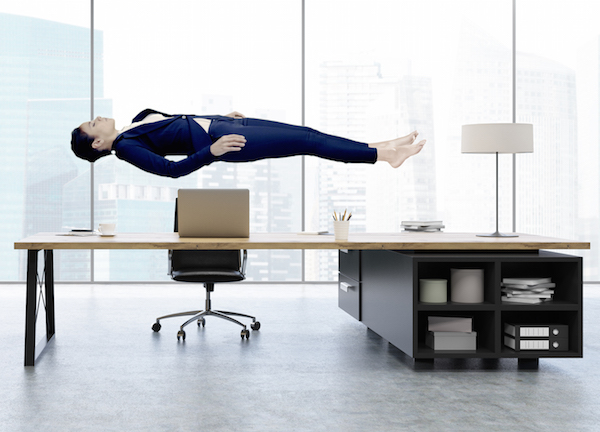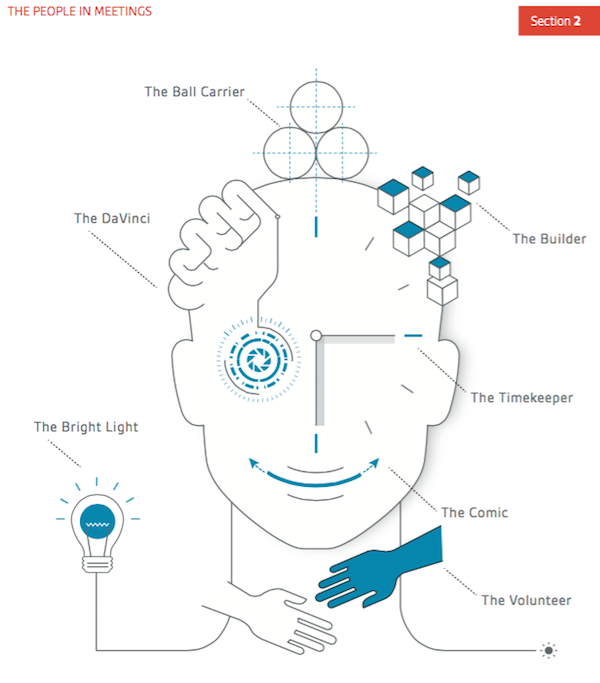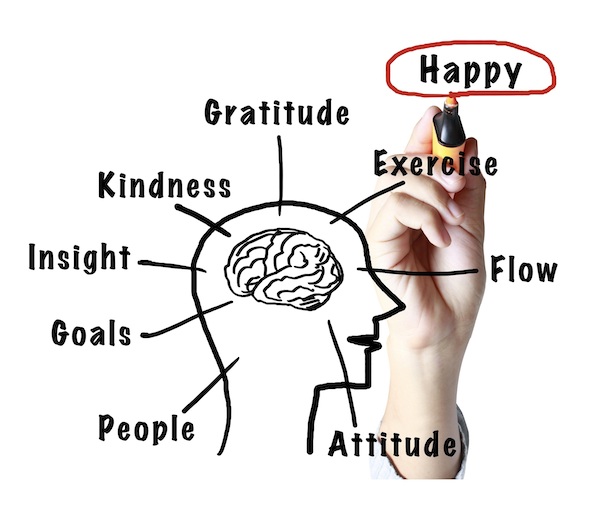
Happiness has become a big issue in nowadays working environments. From the new ways of working to the design of the spaces and the furniture, physical and mental wellbeing, creativity, interaction, stress reduction, corporate identity are some of the features creating a happier office and therefore a more productive one. A multidisciplinary approach has been used to combine different disciplines as neuroscience, botany, IoT, ergonomics and energy engineering. Is it that enough for a space to create happiness?
Defining happiness can be a tricky task and a lot of definitions have been given so far. Concerning the working environment, as Alexander Kjerulf said, happiness can be determined by two parameters: feeling the best in what we are doing and building a good relationship in a team. On the other hand, someone else considers it a summon of intense and brief positive emotions that we experiment during the day. Both these definitions feat perfectly with the trends that are transforming the office, changing it from a stressing environment to a space that wants to take care of its workers.

There are several factors that push this changing: the working environment models from the new technology and e-companies, the different needs of the new generations, the new scientific and technological findings that keep on changing the all society and also the need to create a more appealing environment, capable to face the challenge of different workplaces where everyone can actually do his job, outside the office, such as coworking spaces or home.
As long as the office, also our life has changed and, along with it, our time has become more fluid, mixing working time and spare time, creating a new need to better define boundaries: smartworking has brought office in our home, but it has also brought the concept of home-feeling in the office: couches, table football, good restaurant, medical examinations, relaxing methods, playgrounds, and has also brought in all the world in general, opening the building to the city, capturing different instance from science, art, and different cultures. And also the concept of co-working seems now old now: we are, maybe, moving towards co-living.
Since we are talking about a working environment, these features have the goal to increase productivity and creativity: the new paradigm happiness = productivity has focused all the attention on the wellbeing of the human resource, considering design the key to this new happy productivity. Seats, desks, plants, flexible and dynamic furniture, a well-lighted, healthy environment, with informal spaces that always allow to meet someone and feel comfortable. It is a new kind of design, though. It is a hybrid design that has to give a shape to the scientifically and technological always new instance, creating a responsive and interactive space though the IoT.
 So is it that enough to consider the wellbeing we are creating in the office a way to our happiness?
So is it that enough to consider the wellbeing we are creating in the office a way to our happiness?
I think, even though it is undeniable that nowadays office is far better than the gray and has ones someone may remember, there is a risk that I want to point out.
Focusing too much on the physical and mental wellbeing of the individual, we might forget that happiness is a social deal, it is socially defined by every culture and every society has its own way to pursue it. So there are not standard or fixed solutions we can uncritically apply to every working situation.
The office space (allow me this, even if it sounds exaggerate) might become a beautiful golden cage where we get used to having everything we need, so attractive with all his feature that give us continuously rushes of dopamine: can we end up totally absorbed by the office?
Happiness is a matter of work-life balance and linking happiness to work it’s a risky business.
Although the innovations that will be present at the Salone Ufficio 2017, where the happiness topic will be present in the installation Work 3.0 – A Joyful Sense at Work, are a real breakthrough in the office design, a question is now aroused: an human-centre office will cause an office center kind of human?
Editorial by Gabriele Masi, anthropologist and journalist.

















